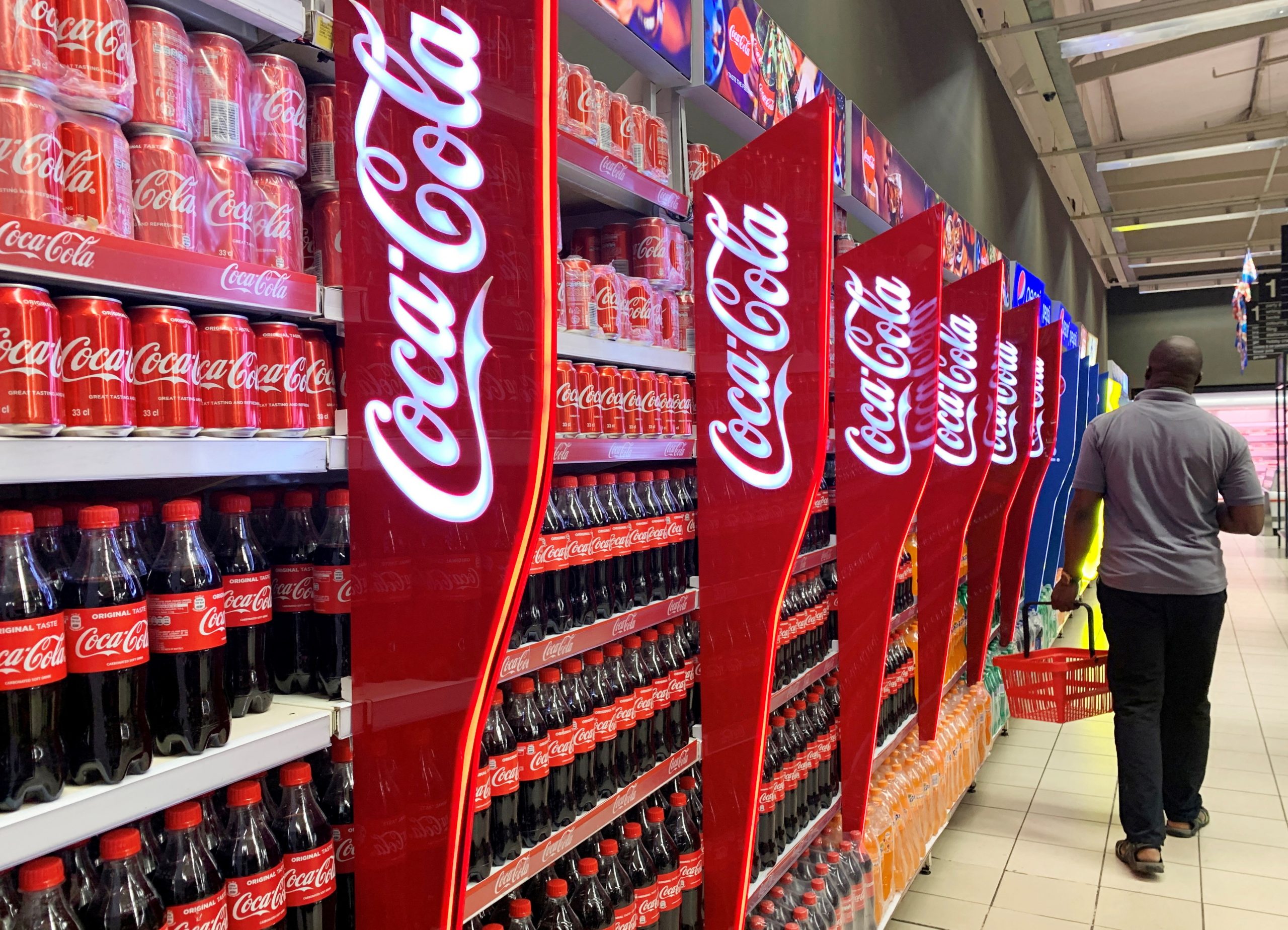Coca-Cola Lifts Earnings Above Estimates but Admits Soft Global Demand


Coca-Cola posted third-quarter results that exceeded Wall Street expectations on both earnings and revenue, but the beverage giant acknowledged that demand for its drinks remains soft across several key markets, particularly among lower-income consumers in the United States and parts of Latin America.
The company reported adjusted earnings per share of 82 cents, topping the 78 cents analysts expected, according to estimates from LSEG. Adjusted revenue came in at $12.41 billion, slightly above the $12.39 billion anticipated.
For the quarter ended September, net income attributable to shareholders rose to $3.7 billion, or 86 cents per share, up from $2.85 billion, or 66 cents per share, a year earlier. Excluding restructuring charges and other items, earnings stood at the same 82 cents per share that outpaced projections.
Register for Tekedia Mini-MBA edition 18 (Sep 15 – Dec 6, 2025): registration continues.
Tekedia AI in Business Masterclass opens registrations.
Join Tekedia Capital Syndicate and co-invest in great global startups.
Register for Tekedia AI Lab: From Technical Design to Deployment.
Net sales rose 5% year over year to $12.46 billion, while organic revenue — which excludes currency fluctuations, acquisitions, and divestitures — increased 6%, reflecting modest underlying growth even as volumes remained largely stagnant in several regions.
Shares climbed nearly 3% in premarket trading, signaling investor optimism about the company’s ability to maintain profitability despite global economic pressures that continue to weigh on household spending.
Volume growth still fragile
Coca-Cola’s unit case volume, a key indicator of consumer demand that strips out the effects of pricing and currency, rose 1%, reversing a decline seen in the previous quarter. However, the rebound was uneven.

Volume in both North America and Latin America — traditionally strong revenue bases — was flat. Executives have previously acknowledged that lower-income consumers in the U.S. have been cutting back on beverage purchases as higher living costs erode disposable income. The company has responded by expanding its portfolio of “affordable options” to retain price-sensitive customers.
While volumes in some segments improved, others remained pressured. The company’s sparkling soft drinks, which include its flagship Coca-Cola brand, were flat, while its juice, value-added dairy, and plant-based beverages segment saw a 3% contraction in global volume.
In contrast, Coca-Cola’s water, sports, coffee, and tea category showed the most promising growth. Bottled water and sports drinks each rose 3%, and coffee and tea products recorded 2% volume growth. The performance underscores the shift in consumer preferences toward hydration and wellness-focused products, a trend that has been reshaping the global beverage industry.

Mixed results across regions
Coca-Cola’s flat performance in the Americas points to both consumer fatigue and the effect of tighter spending patterns in developing markets. Inflation has squeezed purchasing power across Latin America, while in the United States, discount retailers and private-label beverage brands continue to chip away at the company’s lower-end market.
Still, the 1% global volume increase marks a modest improvement from the prior quarter, when higher prices led to a dip in sales volumes. The company has relied heavily on pricing power in recent years to offset cost pressures from commodities and logistics, but with inflation moderating in several markets, analysts have warned that Coca-Cola’s ability to raise prices further may be limited.
Steady outlook amid macro headwinds
Coca-Cola reaffirmed its full-year forecast, projecting comparable earnings per share to rise 3% and organic revenue to increase between 5% and 6%. The company said it expects “a slight tailwind” to both revenue and earnings from currency fluctuations in 2026, but it will provide a detailed forecast for the coming year with its fourth-quarter results.
For now, management appears focused on balancing pricing discipline with innovation across its product lines. In addition to expanding its range of smaller, affordable packages, Coca-Cola has continued investing in digital marketing and localized distribution to reach cost-conscious consumers.
The company has also emphasized premiumization in select markets — pushing higher-margin drinks such as Coca-Cola Zero Sugar and flavored sparkling waters — to sustain revenue growth even where overall volumes remain flat.
Shifting consumption patterns
Coca-Cola’s report comes amid broader signs that the global beverage industry is navigating a transitional phase. Soft drink consumption has slowed in mature markets, while emerging economies face uneven recoveries from the pandemic and inflation-driven slowdowns.
Analysts say the company’s performance reflects this global rebalancing. The solid top-line figures underscore Coca-Cola’s resilience, but the muted volume gains highlight the challenges of sustaining growth when price increases are no longer the primary driver.
Even as Coca-Cola pushes toward healthier and diversified offerings, the flat demand for its core sparkling beverages denotes the enduring challenge of modernizing a century-old brand for shifting consumer preferences.
The near-term question for investors is whether Coca-Cola can reignite demand without eroding its margins. Some analysts believe that while affordability campaigns can stabilize volumes, they risk squeezing profitability if not offset by efficiency gains.
Coca-Cola’s management has not announced any significant restructuring or cost-cutting measures this quarter, but the company’s past filings suggest ongoing efforts to streamline operations and leverage its global bottling partnerships for efficiency.
With currency volatility easing and input costs stabilizing, analysts expect Coca-Cola to deliver steady, if unspectacular, growth in the coming quarters. The company’s ability to maintain a strong pricing mix, they say, will determine whether the modest rebound in volume can translate into sustainable long-term momentum.





